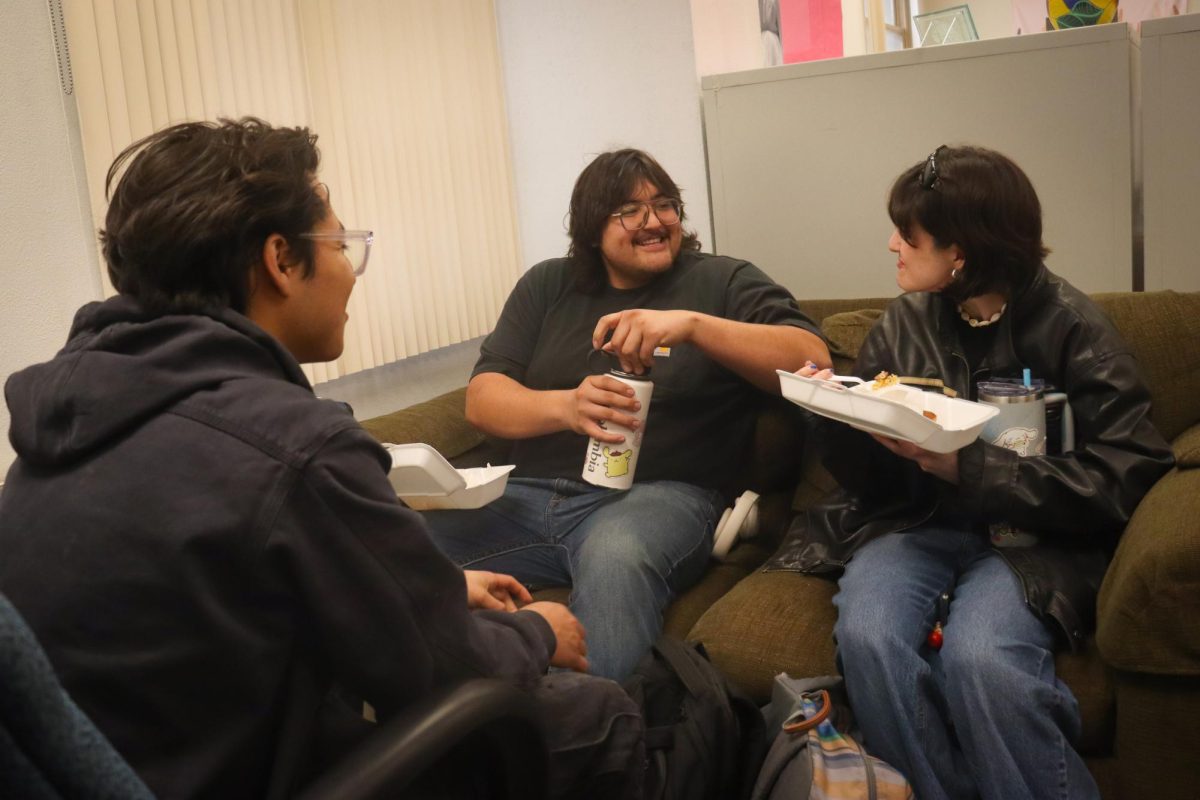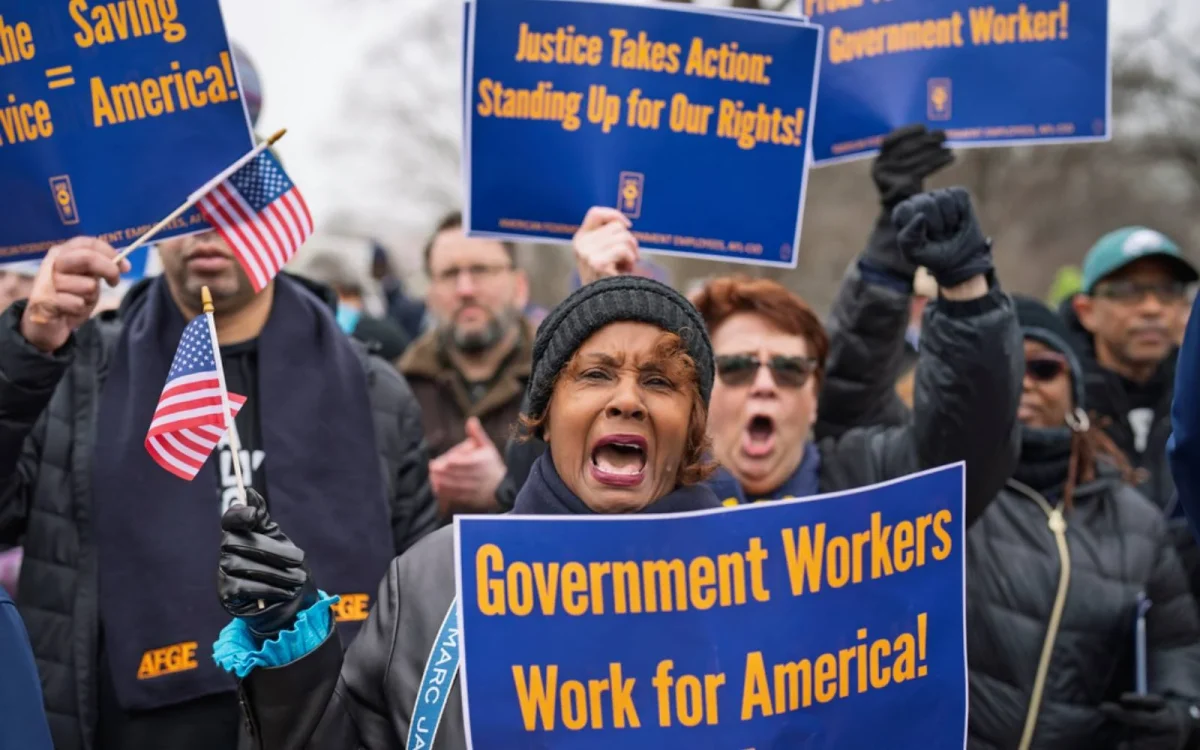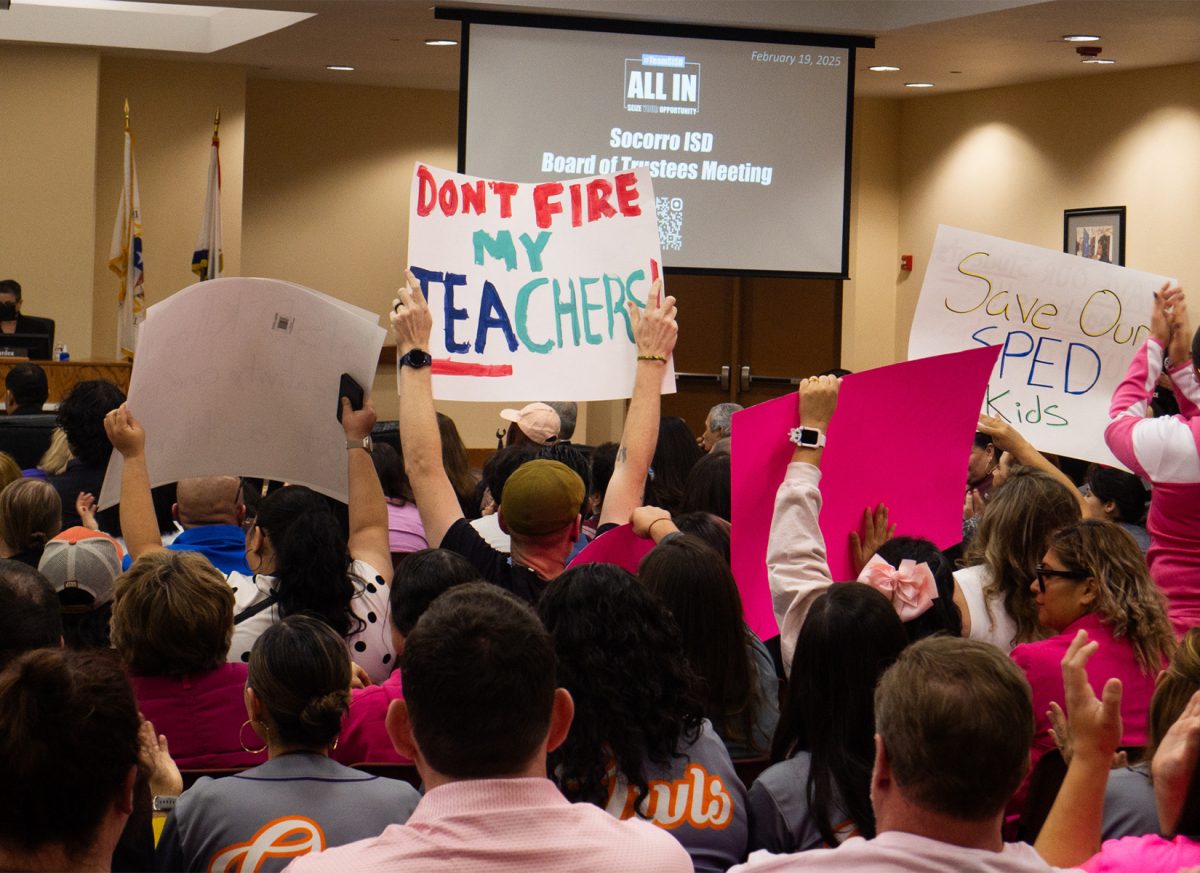When a bill to increase the minimum wage failed in the Nebraska Legislature, state Sen. Jeremy Nordquist, of Omaha, tried a different tactic.
He and Sen. Danielle Conrad, of Lincoln, launched Nebraskans for Better Wages to put a minimum-wage initiative on the November ballot. The initiative would increase Nebraska’s hourly minimum wage from $7.25 to $9.00 by 2016.
“This is an issue that resonates with a large majority in our state and across the country,” Nordquist said.
As many as six states may have minimum-wage increase ballot initiatives this year. Nebraska, along with Arkansas and Michigan, are in the process of reviewing signatures before they’ll be on the ballot. Alaska and South Dakota already have initiatives slated for their ballots, and Illinois has an advisory question.
Nine other states attempted to put the minimum wage on the ballot, but petitioners either didn’t collect enough signatures or proposals didn’t gain legislatures’ approval.
During the 2013-2014 legislative sessions, 34 states considered minimum wage legislation. Ten of those states and the District of Columbia enacted or passed an increase in the minimum wage. Increases in minimum wage legislation and ballot measures are a typical response to federal inaction, Jeanne Mejeur, a senior researcher at the National Conference of State Legislatures, said.
“It’s kind of a cyclical issue – when the federal minimum wage hasn’t been increased in a number of years, states start to look at it,” Mejeur said.
States may be taking the minimum wage issue into their own hands because it is stalled in Congress, Senior Economist for the Center for Economic and Policy Research John Schmitt said. A bill that would have increased the federal hourly minimum wage from $7.25 to $10.10 failed to pass the Senate in April.
President Barack Obama proposed that increase in his State of the Union speech and signed an executive order Feb. 12 to raise the hourly minimum wage for federal contract workers from $7.25 to $10.10 in 2015.
“In some sense, the president’s decision is a response to the same inaction on the congressional level,” Schmitt said.
The federal minimum wage has been $7.25 an hour since 2009 as part of a 2007 amendment to the Fair Labor Standards Act. Twenty-one states and the District of Columbia have minimum wages higher than the federal level, while 19 states set theirs equal to the federal level. Workers are paid based on the federal guidelines in states without minimum wages or with minimums below $7.25.
South Dakota is one of the states with a minimum wage the same as the federal level. The South Dakota Democratic Party sponsored the November ballot initiative to increase it to $8.50 per hour.
“The primary reason we did this was that efforts to raise the minimum wage through the legislature and governor have always stalled,” Zach Crago, executive director of the South Dakota Democratic Party, said.
Raising the minimum wage through South Dakota’s legislature often fails because of party politics, Crago said. A 2012 House bill that didn’t make it out of committee would have increased the minimum wage to $8 an hour and adjusted it annually based on the consumer price index, a number that reflects the price of goods and services.
In many states, ballot initiatives are the next step to raise the minimum wage if legislatures fail, especially since many voters approve of a minimum-wage increase, Mejeur said. A November Gallup telephone poll showed 76 percent would vote for a federal minimum wage increase to $9, with 22 percent against and 3 percent with no opinion. The poll’s margin of error is plus or minus 4 percentage points.
The push to increase minimum wages stems from the fact that many haven’t been adjusted for inflation since they were last set – necessities cost more, but people don’t earn more, Schmitt said.
“At this point, the minimum wage is so low compared to its historical value that we have a lot of running room,” Schmitt said.
That doesn’t mean it’s wise to drastically increase the minimum wage right away. Schmidt recommends moderate increases and a phase-in period, with the wage gradually increased each year until it reaches the target amount. The ballot measures for Arkansas, Alaska, Michigan and Nebraska all outline yearly incremental increases that would go into effect Jan. 1 for the next few years.
“It depends on what level you think the economy can afford and how long you can take to get there,” Schmitt said.
Other states also adjust their minimum wages every year based on the consumer price index, another trend that is becoming more popular, Mejeur said. Having an automatic increase means legislatures don’t have to review the issue every year.
Legislators and citizens must consider how raising the minimum wage will affect the economy and employment.
Low-wage firms such as fast-food restaurants often have many vacancies and a high turnover rate. Schmitt said employees tend to stay with their jobs when wages increase and are more likely to spend extra money locally, which can stimulate the economy.
Increasing the minimum wage can also force employers to hire fewer and better quality workers, Anthony Yezer, a professor of economics at George Washington University, said. One reason entry-level jobs have lower wages is that employers must frequently teach and supervise new employees. Instead of using the minimum wage as a solution to poverty issues, he recommends poverty programs such as food stamps.
Schmitt said many of the actions to increase the minimum wage show that people are dissatisfied with the current labor market and want to find better solutions.
“A lot of the talk that’s happening now reflects the broader concern of economic inequality and ongoing jobs crisis,” Schmitt said.
Reach Reporter Kate Winkle at [email protected] or 202-326-9865.





